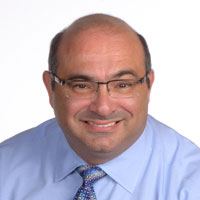This course is designed to provide dental practitioners with a survey of common medical disorders that may be encountered in a dental practice. The medical problems are organized to provide a brief overview of the basic disease process, etiology, incidence, prevalence, medications and oral manifestations commonly presented by the dental patients. In particular, patients with Neurological disorders, cardiovascular disease, endocrine conditions and geriatrics will be discussed so the practitioner can provide appropriate and safe dental care.
Learning Objectives:
1. Recognize the prevalence, incidence and etiology of various common medical conditions.
2. Understand (a) the pathophysiology and (b) pharmacotherapy of these disorders and consequences to oral health.
3. Introduce the appropriate procedures in dental practice required to optimize dental care in these patients.
4. Recognize and manage medical emergencies in these patients.

